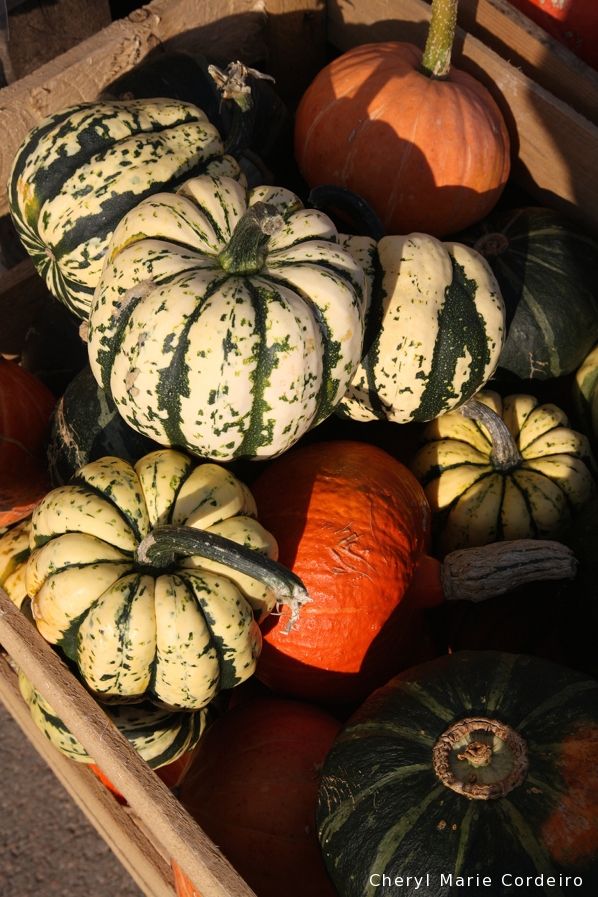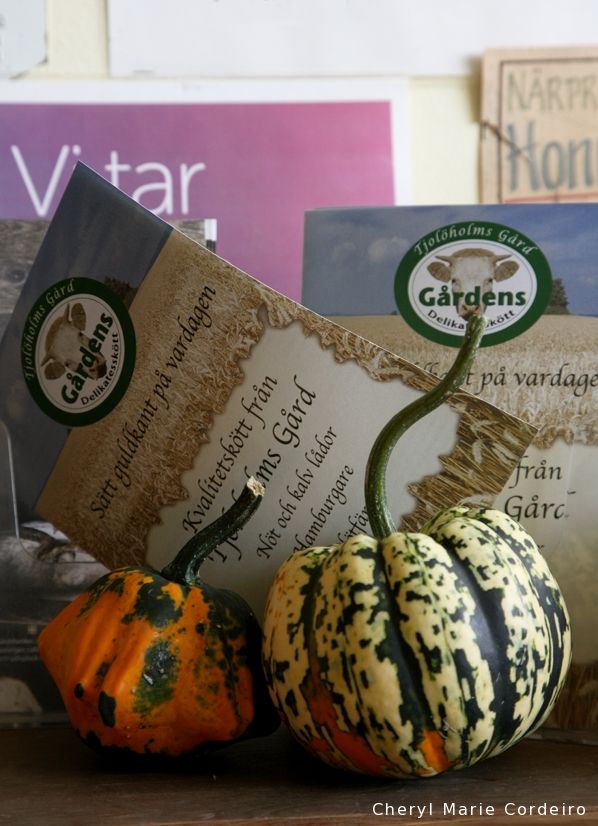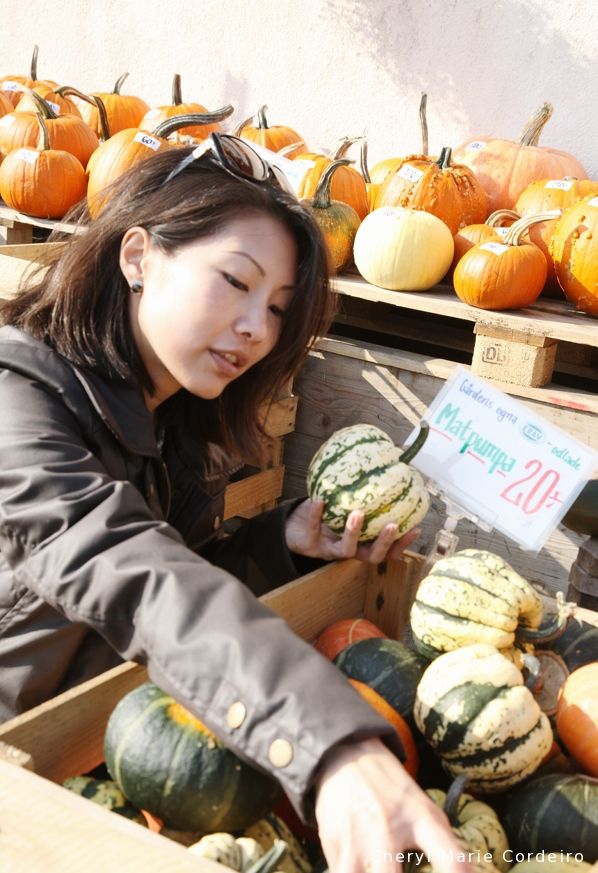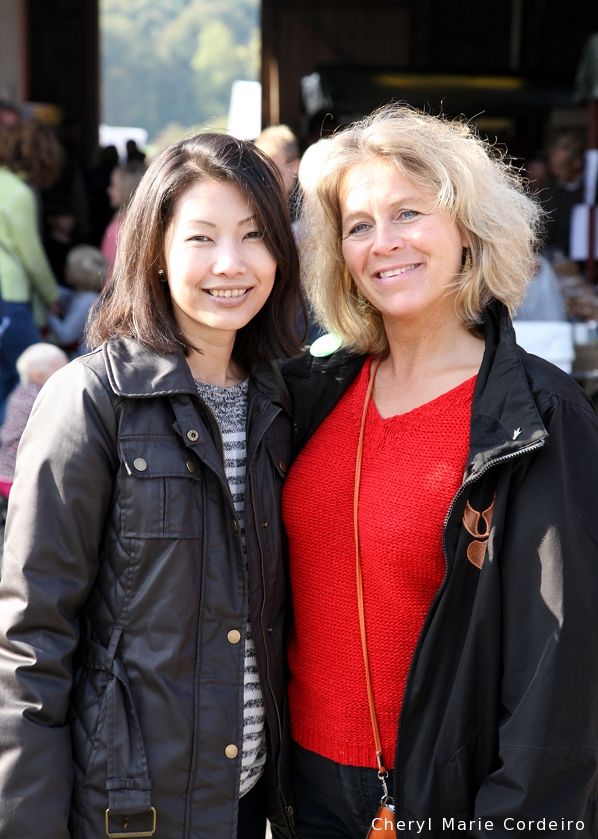For the seventh year in a row, Tjolöholm Castle, a country house built towards the end of the 1800s in Halland, Sweden, hosts its skördefest (harvest festival). Cheryl Marie Cordeiro, with Maria Förssell Six, the person behind Tjolöholm Castle Harvest Festival 2014.
Text & Photo © JE Nilsson and CM Cordeiro, Sweden 2014
This year marked the seventh consecutive open harvest festival held at Tjolöholm Castle, along the coast just south of Gothenburg.
Tjolöholm was the last private mansion to be built in Sweden large enough to be denominated a castle. The area around the main house that has been tilled and farmed from medieval times, continues to remain prosperous as farmland today.
The castle was built by the wealthy timber merchant James Dickson who did not live to see it completed. Instead the widow, Blanche Dickson, together with the architect Lars Israel Wahlman, brought the extensive building to its completeness while applying remarkable foresight, both social and technological.
In the main building, from standing showers to concealed heating, the installed gadgetry for house cleaning and personal hygiene still stuns modern day visitors.
In the surrounding lands, what they built was a forward looking miniature model of society where people took care of one another. There is a substantial barnyard, with equipment halls, stables, workshops, and farther on, an idyllic workers village with a private church.
Somehow this forward looking social awareness is still alive and reflected in events like the Tjolöholm Harvest Festival organized by Maria Förssell Six.
The event has been gaining popularity over the years since its launch. One of the reasons are the fit to Sweden’s growing interest in sustainability, reflected in an interest in ecologically conscious farming methods, and the support of local produce.
In this respect the harvest festival bridges old and new knowledge by demonstrations of various sorts, old-style threshing of oats for example, or teaching children the value of rearing calfs, pigs, sheep and chickens in a humane way that go beyond green food labelling.
It is also a lifestyle philosophy that continues to educate in practice for persons such as myself. For one thing, I had no idea that Brussels sprouts sprouted on stalks. At a market stall, as a little girl looked with absolute boredom borne out of familiarity, upwards at the stalk her mother was considering purchasing, I looked on too, realising for the first time – they grew on stalks?
A fundamental knowledge of nature, its cycles and its offerings will be an increasingly important foundation as humans need to learn how to manage and share the world’s resources.
There might be no agreement on what sustainability means, but what is felt and seen at this festival is that once upon a time it was well understood that we cannot eat more than we can grow. And there was a place for all who worked on the castle grounds.
In a recent seminar I attended, the Swedish lack of interest in religion was apologetically touched upon, that prior to Christianity, Sweden “was of some other belief”.
I couldn’t help but reflect upon the Tjolöholm Castle Harvest Festival with its offerings of deliciously lush and rounded fruits and vegetables, or still earlier in the year, dancing around the equally luscious Midsummer Pole. A dressed and ribboned phallic symbol, firmly plunked into the ground as a visual reminder that the earth is a living thing that needs to be taken care of, and if properly done so, it will take care of us.
Dancing through the long nights, under the warm summer’s sun and celebrating the availability of soft gardens to spend the night, it was difficult to see why anyone would need to be apologetic for celebrating just that.
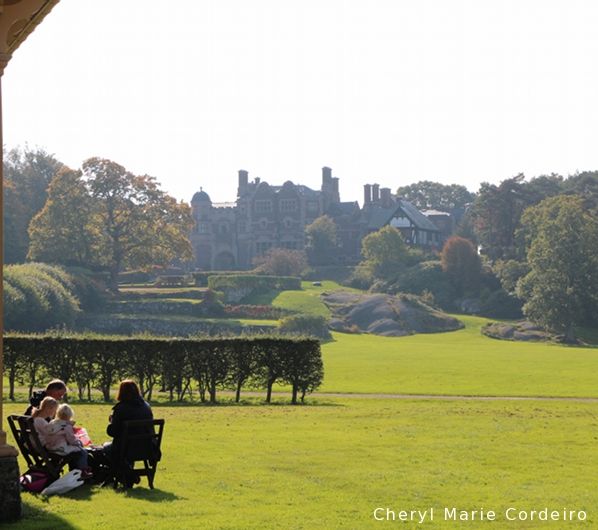
The grounds of Tjolöholm Castle.

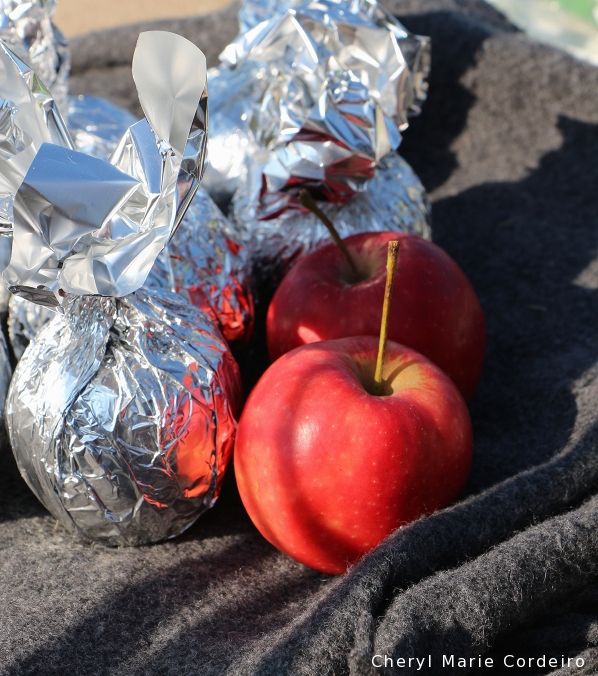
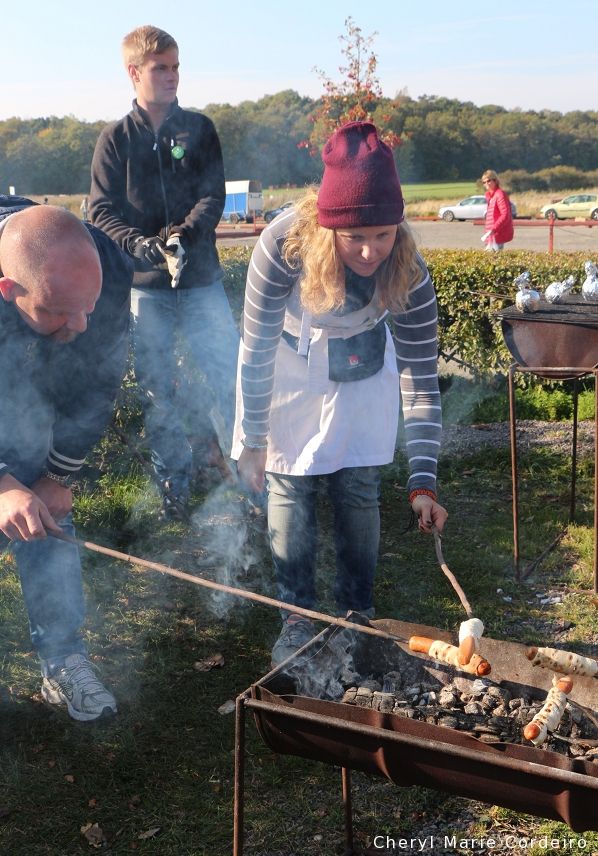
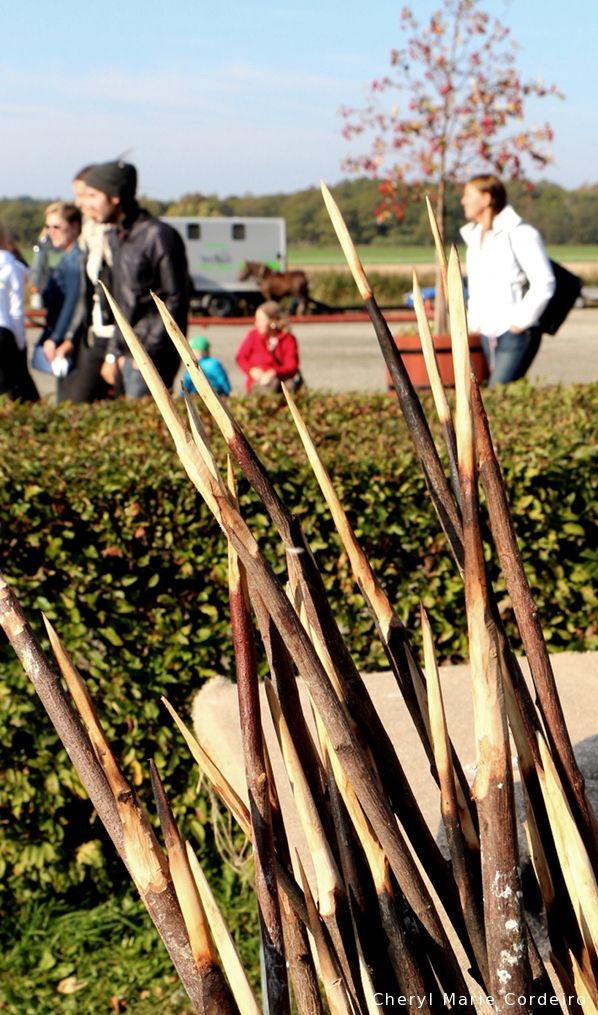
Carved barbecue wood sticks.
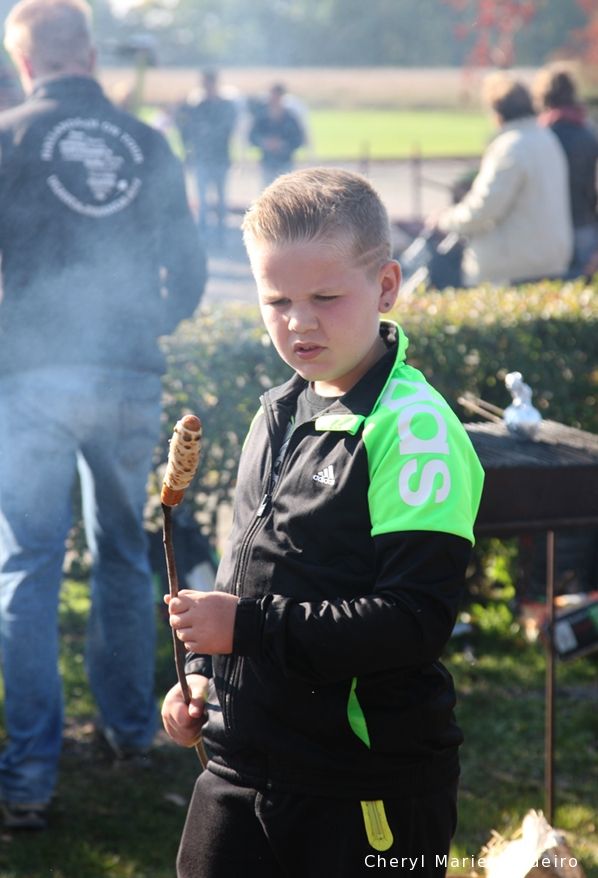
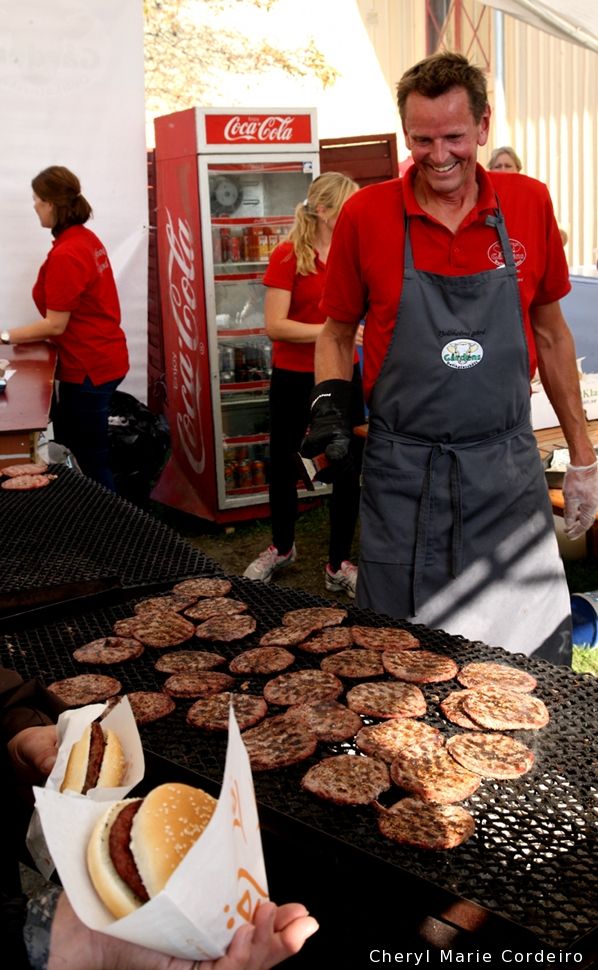
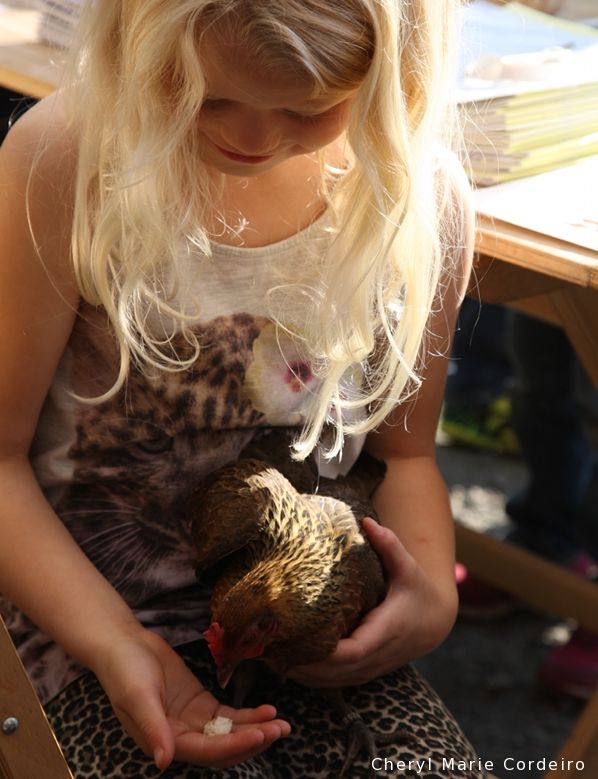
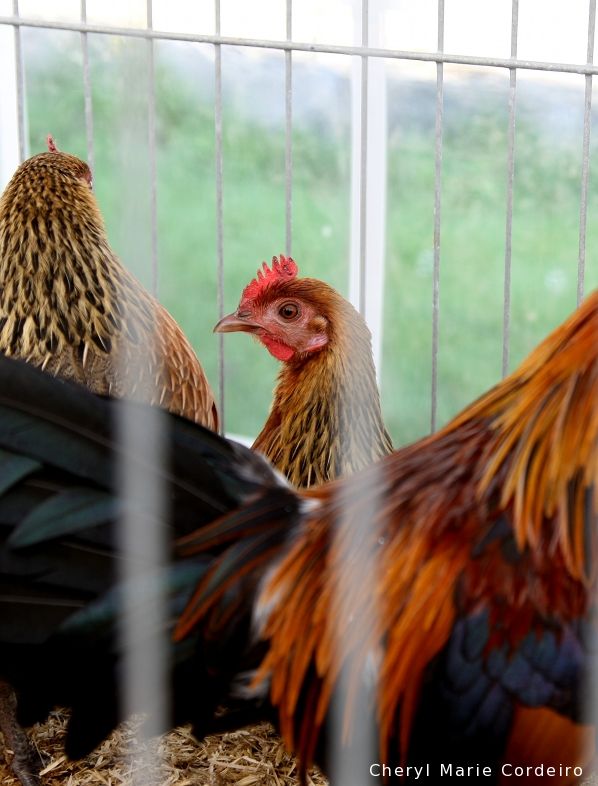
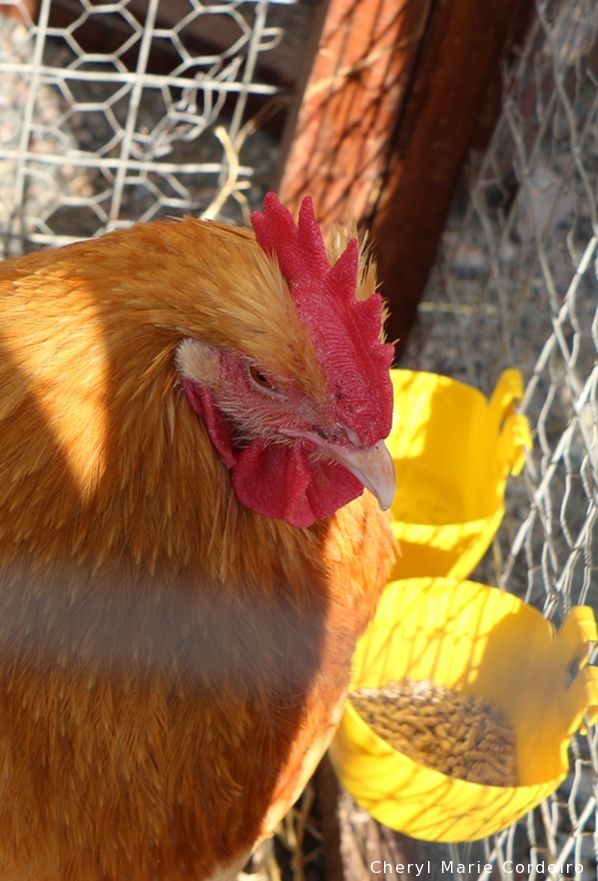
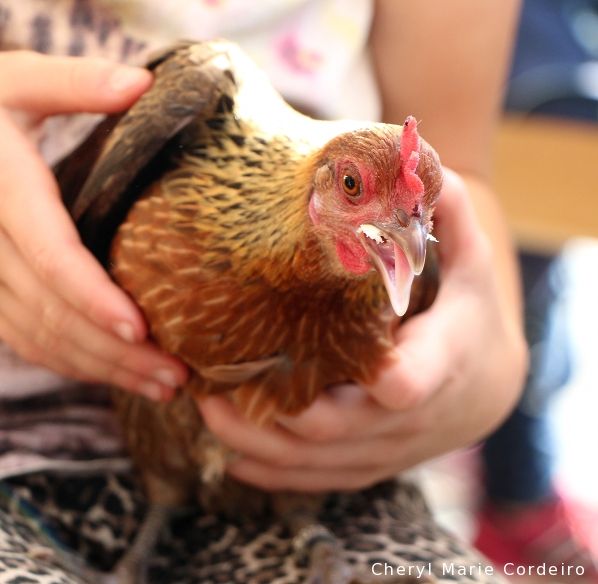
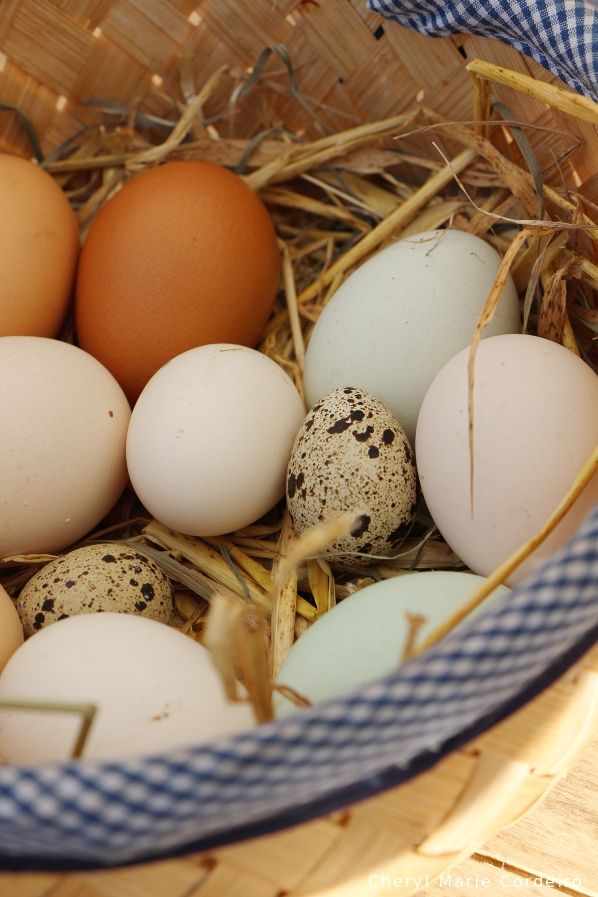
There’s been an increase in trend to have your own chickens in your own backyard if you can afford time and space for them, if only for the fun myriad of natural coloured eggs to be had.
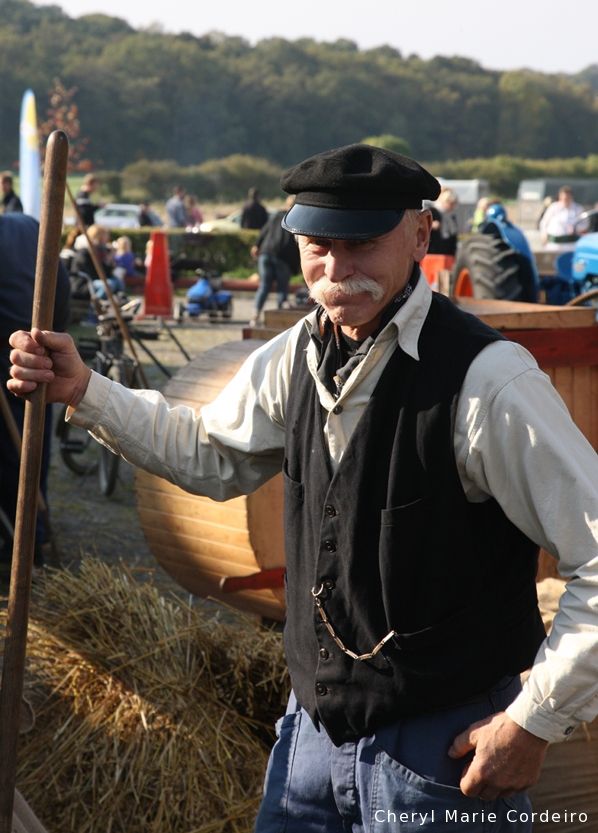
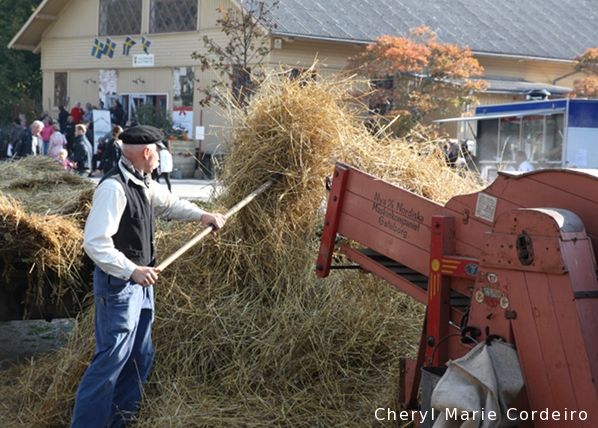
Traditional oat threshing.

Oats in a gunny sack, threshed and bagged using machines from the early 1900s.
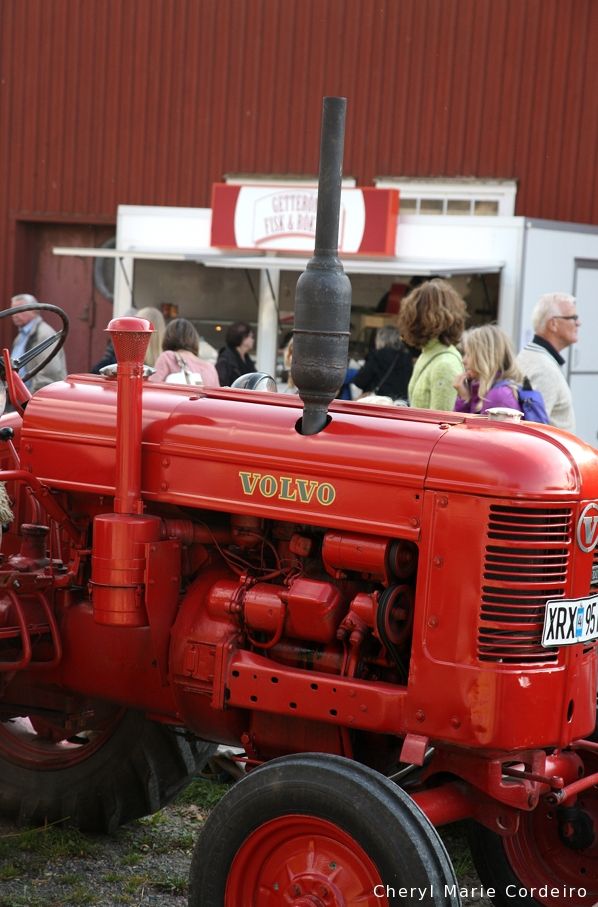
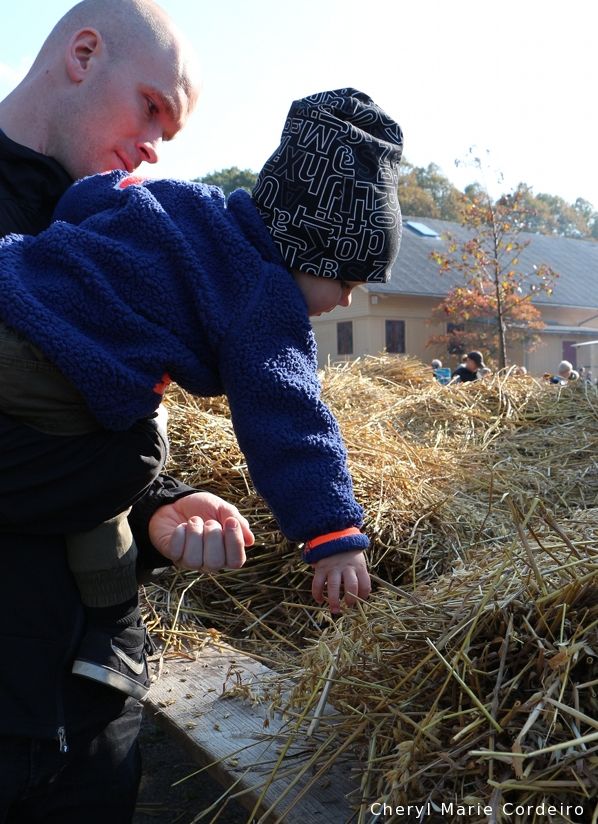
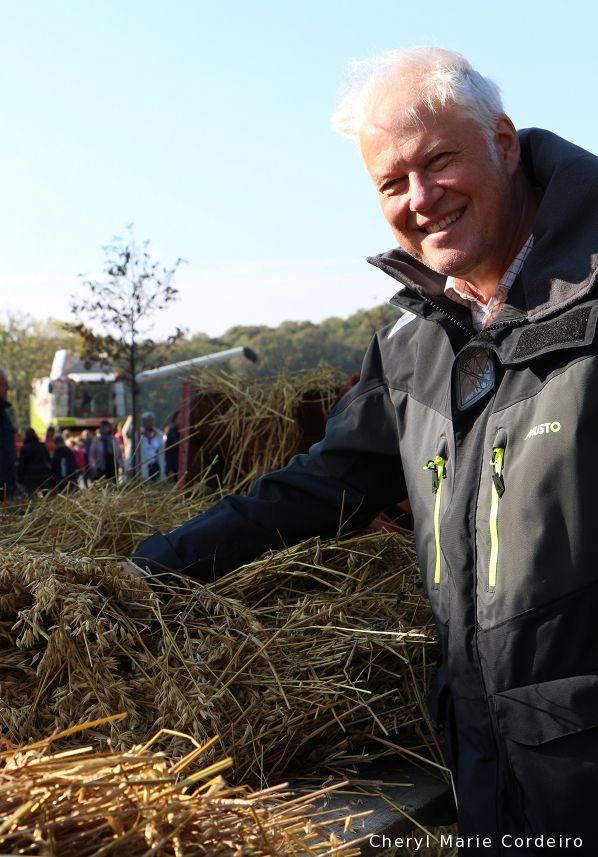
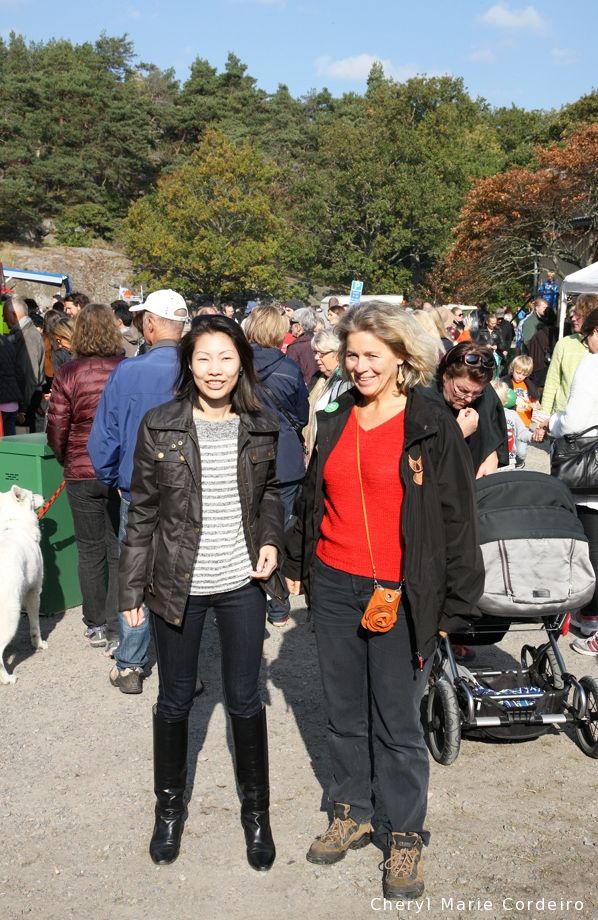
Cheryl Marie Cordeiro and Verksamhetsansvarig Maria Förssell Six.
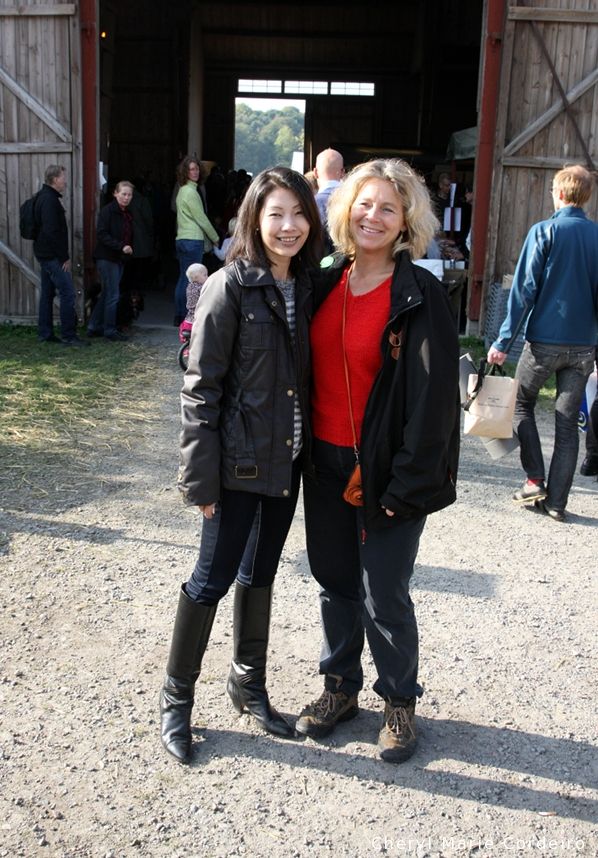
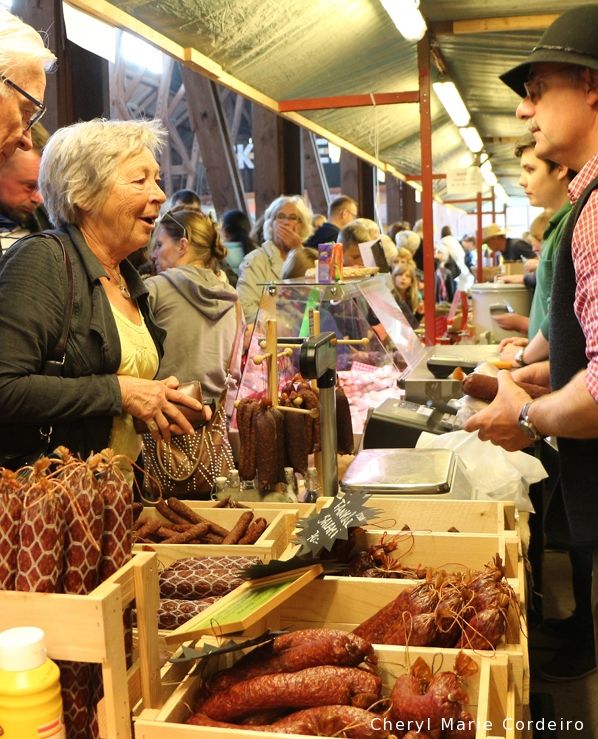
In the main barnyard, the market hall, where farmers and food producers had their stalls lined in rows for the season’s harvest offerings.
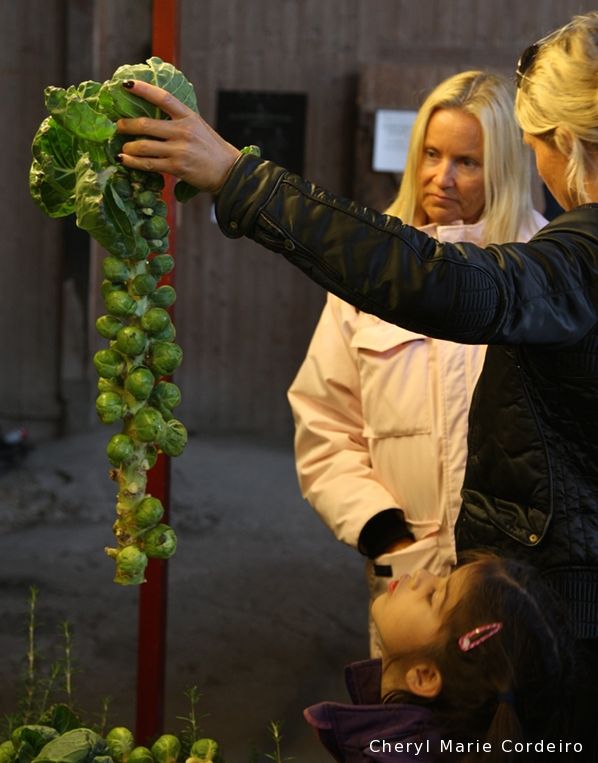
Pretty gorgeous Brussels sprouts.
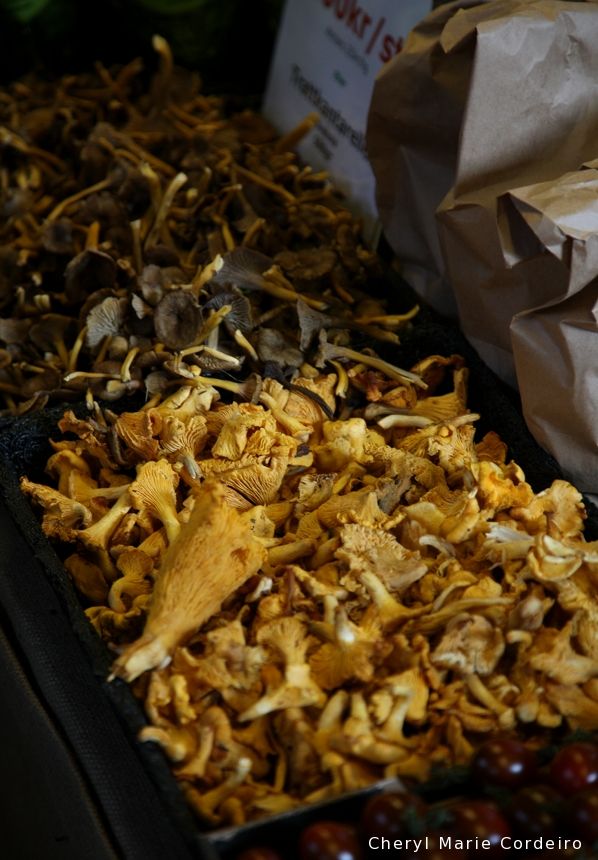
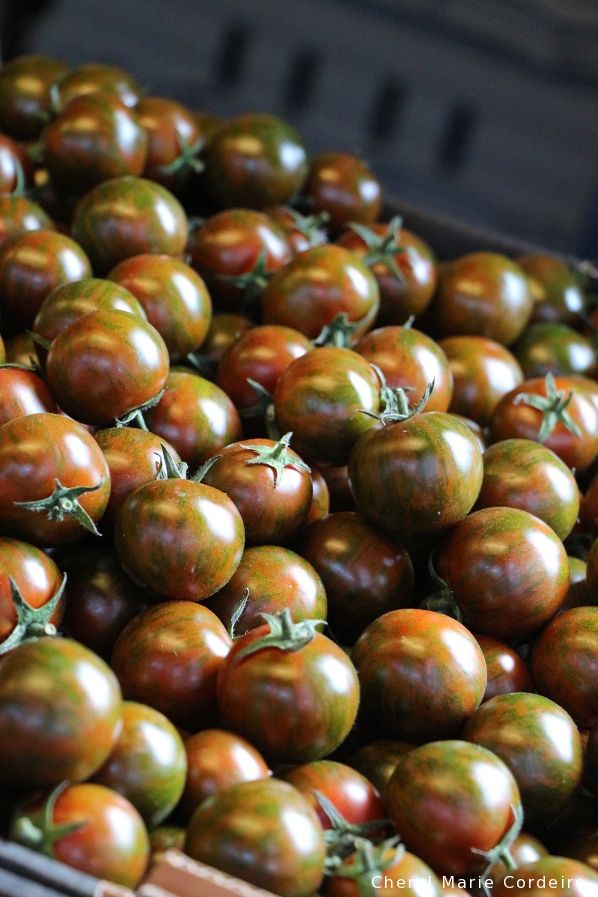
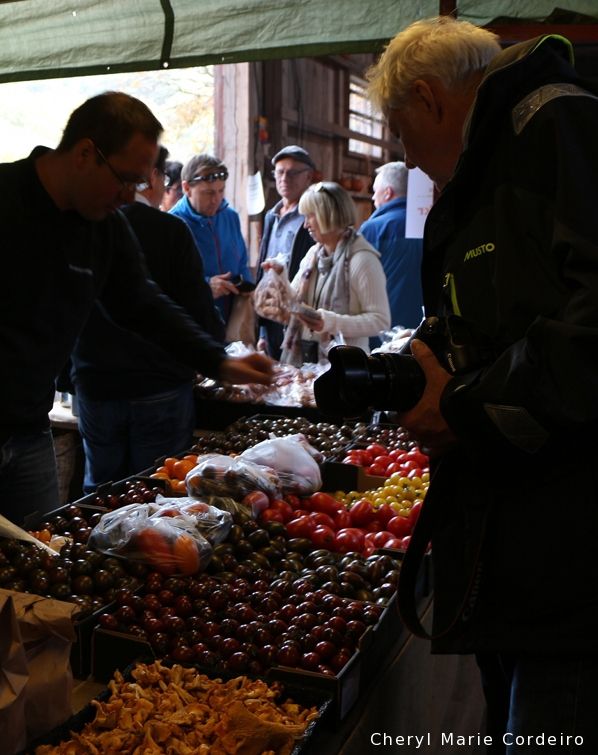
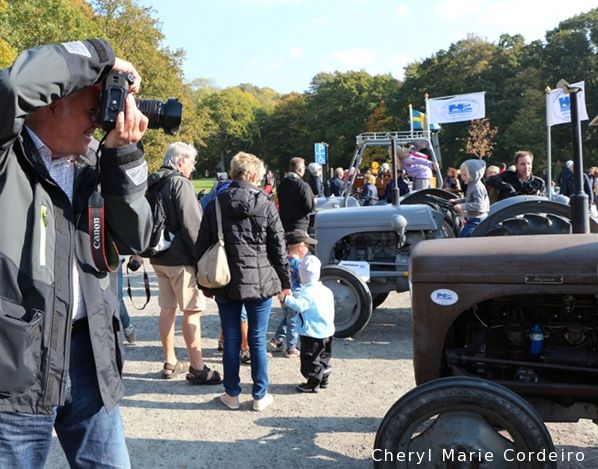
A range of Ferguson tractors.
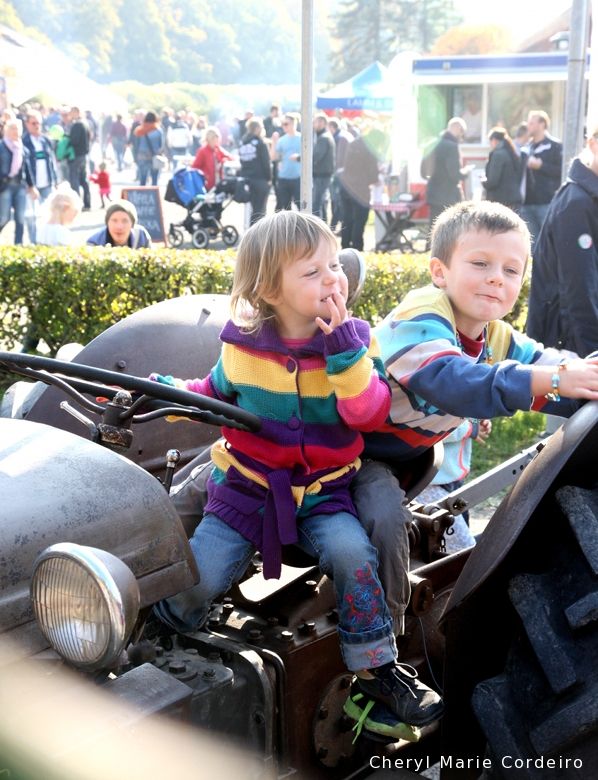
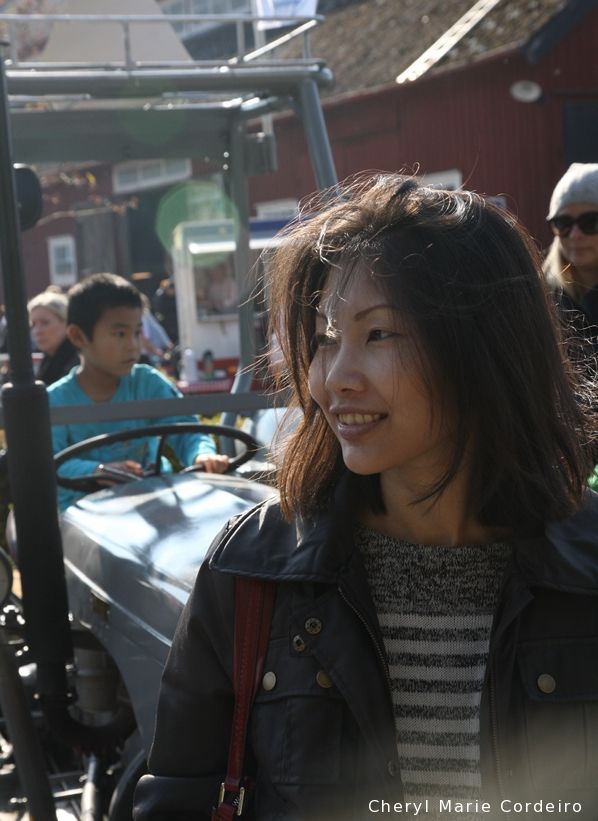
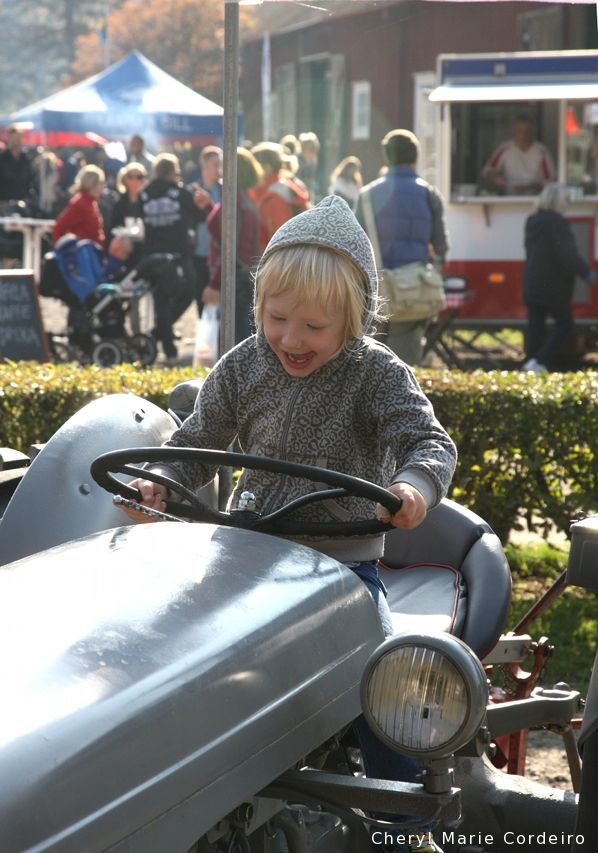
The happiest kid!
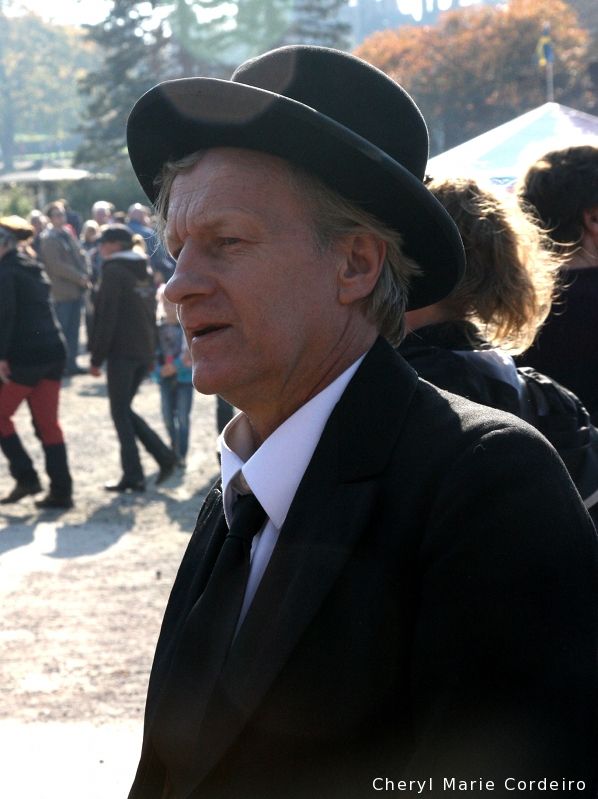
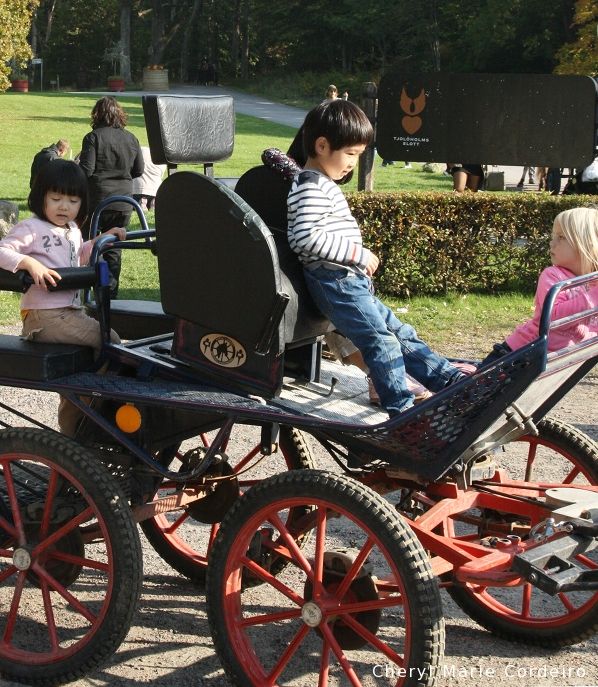
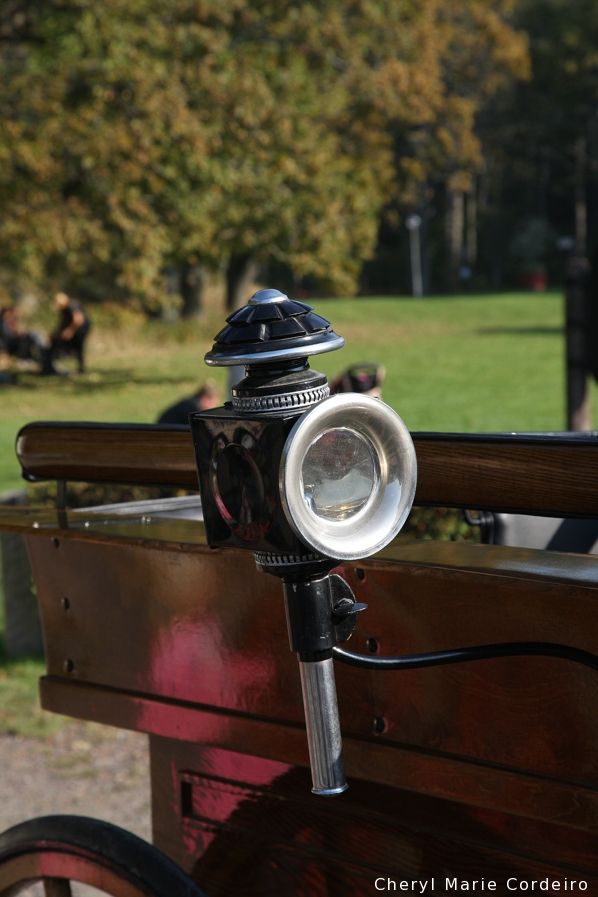
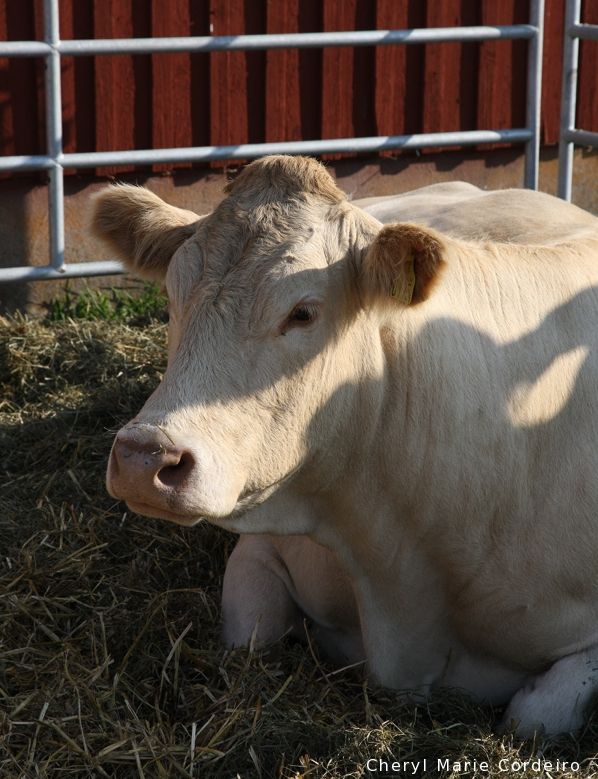
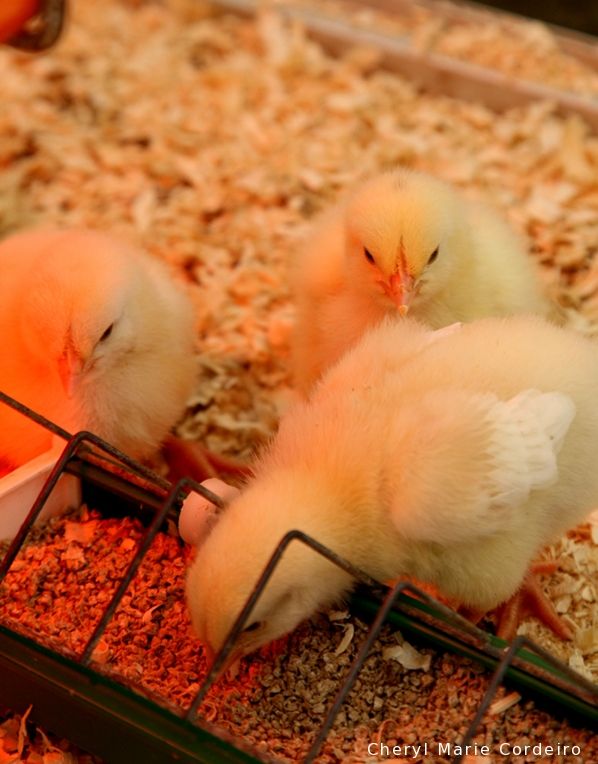
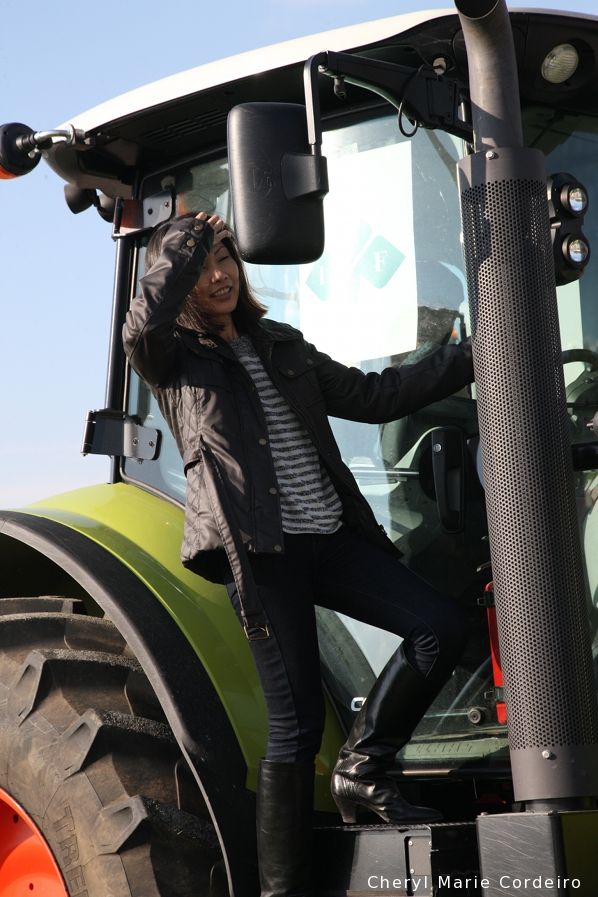
The biggest kid.
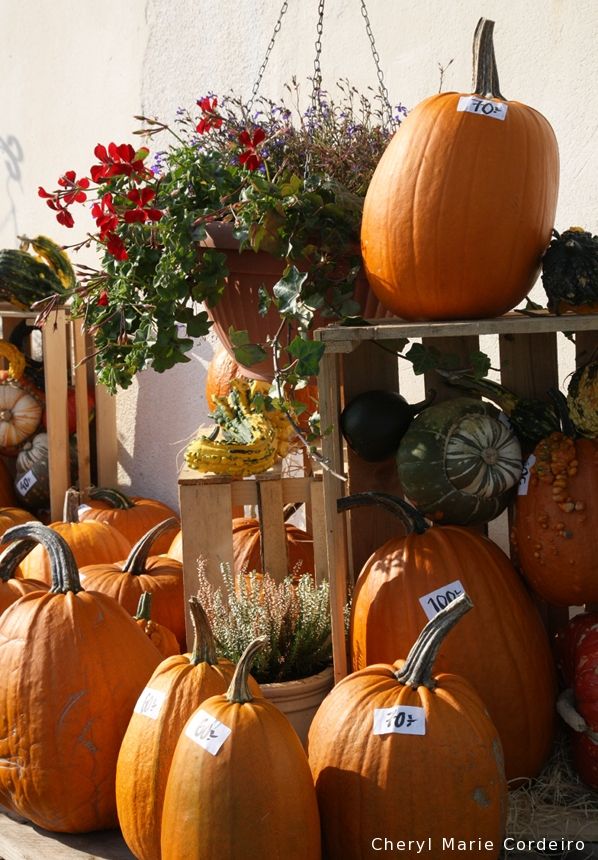
Pumpkin season!
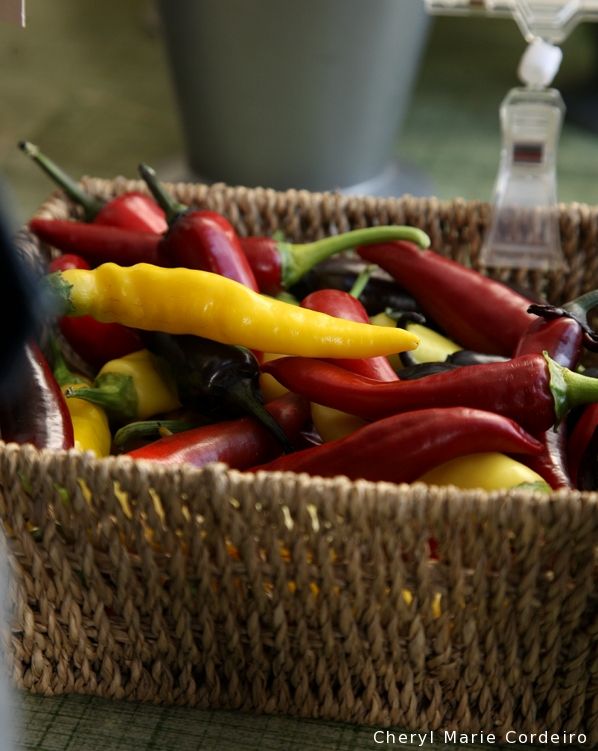
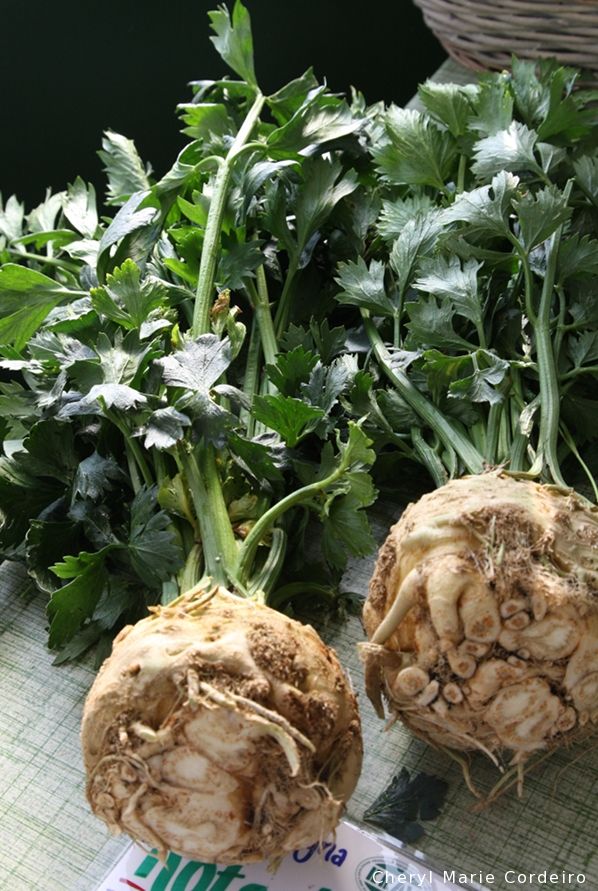
Celeriac. Edible raw or cooked (roasted, boiled, stewed etc.), this versatile root can be used in soups, casseroles and other savoury dishes. In Sweden, it’s one of the roots that go into a rich autumn soup made of mostly root vegetables.
